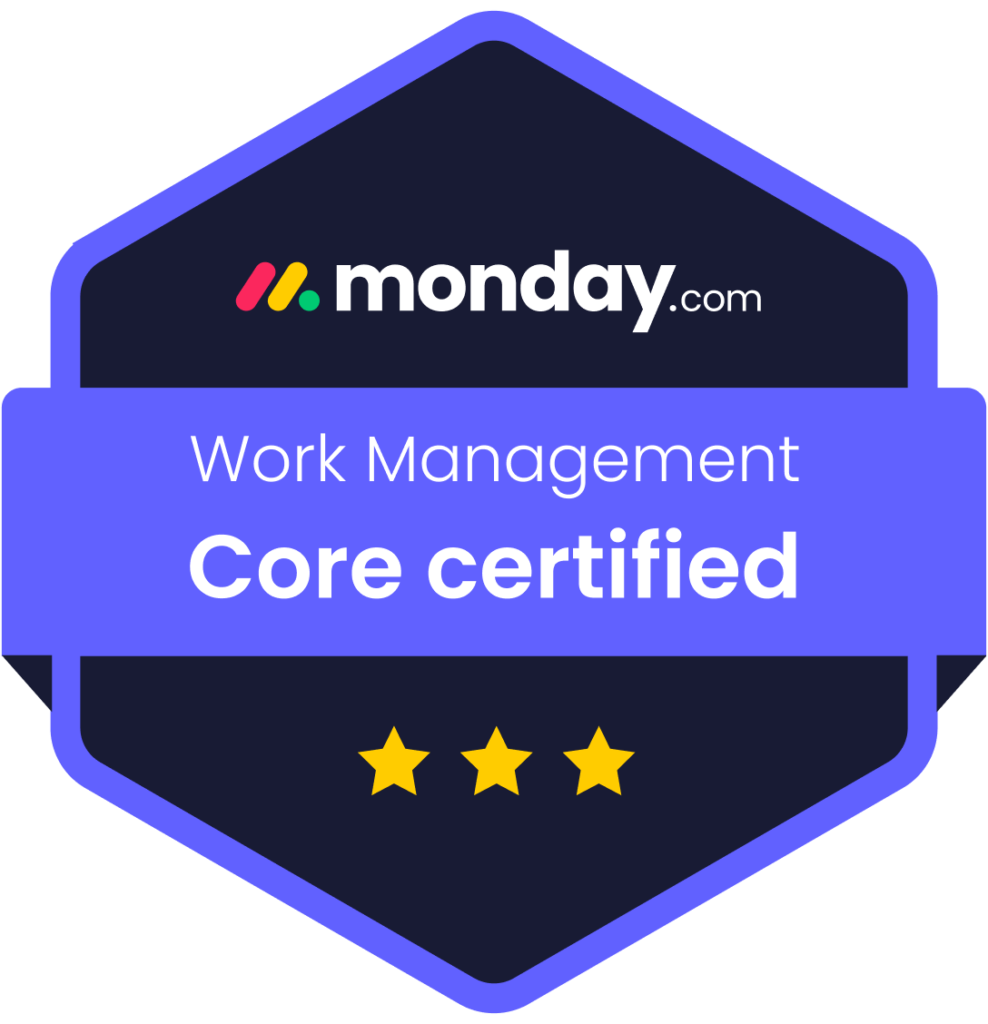In today’s digital age, having a mobile-friendly website is essential for businesses of all sizes. This is especially true in Connecticut, where a thriving local economy and tech-savvy population mean your website must cater to users on the go. Whether they’re searching for a local restaurant or exploring service providers, Connecticut residents increasingly rely on mobile devices.
This blog will guide you through the best practices for creating mobile-friendly websites that not only meet user expectations but also enhance your search engine rankings.
Why Mobile-Friendly Websites Matter in Connecticut
1. Mobile Usage is Dominant
In Connecticut, as in the rest of the world, mobile devices account for a significant portion of web traffic. A mobile-friendly website ensures your business remains accessible to this large user base.
2. Google’s Mobile-First Indexing
Google now prioritizes mobile versions of websites when determining search rankings. Without a mobile-optimized site, you risk losing visibility in search engine results.
3. Local Searches Drive Conversions
Connecticut’s residents often search for local businesses, from coffee shops in Hartford to boutiques in New Haven. Mobile-friendly websites improve local SEO and help you capture this traffic.
Best Practices for Mobile-Friendly Websites
1. Use a Responsive Web Design
Responsive web design ensures your website adapts to different screen sizes, offering a seamless experience across devices. It eliminates the need for separate mobile and desktop versions of your site.
- Why it Matters: Responsive design improves user experience and simplifies maintenance.
- How to Implement: Use flexible grid layouts, scalable images, and CSS media queries.
2. Optimize Page Loading Speed
Page speed is critical for mobile users who expect fast, smooth browsing. Slow-loading pages frustrate users and can lead to higher bounce rates.
- Tips to Improve Speed:
- Compress images and videos.
- Minimize HTTP requests.
- Use browser caching.
- Enable Accelerated Mobile Pages (AMP) for faster mobile loading.
3. Simplify Navigation
On a smaller screen, complex navigation can overwhelm users. Focus on intuitive layouts and clear menus to enhance usability.
- Best Practices:
- Use a hamburger menu to save space.
- Keep navigation labels concise.
- Highlight important links like “Contact Us” or “Shop Now.”
4. Prioritize Touch-Friendly Design
Mobile users rely on touchscreens, so your website should be easy to navigate with fingers.
- Key Considerations:
- Buttons should be large enough for easy tapping (at least 48×48 pixels).
- Maintain enough spacing between clickable elements.
- Avoid hover effects, which don’t work well on mobile.
5. Create Mobile-Friendly Content
Your content should be easy to read and engage users on smaller screens.
- Tips for Success:
- Use short paragraphs and bullet points.
- Choose readable fonts and large text sizes.
- Break up content with subheadings and visuals.
6. Implement Local SEO Strategies
Local businesses in Connecticut can benefit from optimizing their websites for location-specific searches.
- How to Boost Local SEO:
- Claim your Google Business Profile.
- Include your business address, phone number, and operating hours on your site.
- Use location-specific keywords, like “best pizza in Stamford.”
7. Test Across Devices
Ensure your website looks and functions perfectly on various devices and screen sizes.
- Tools to Use:
- Google’s Mobile-Friendly Test
- BrowserStack
- Responsive design testing tools in browsers like Chrome or Firefox
8. Avoid Intrusive Pop-Ups
Pop-ups that block content on mobile screens can frustrate users and hurt your search engine rankings.
- Best Practices:
- Use smaller, non-intrusive pop-ups.
- Ensure users can easily close them.
- Avoid full-screen interstitials that disrupt navigation.
Common Challenges in Creating Mobile-Friendly Websites
1. Balancing Functionality and Performance
Mobile websites often sacrifice features for speed. Finding the right balance is key.
2. Keeping Up with Technology
Mobile technology evolves rapidly. Regular updates are essential to maintain compatibility with new devices and operating systems.
3. Local Competition
In Connecticut’s competitive markets, standing out requires not only a mobile-friendly site but also exceptional design and SEO strategies.
Examples of Mobile-Friendly Features for Connecticut Businesses
- For Restaurants:
- Clickable menus and reservation buttons
- Mobile-friendly food ordering systems
- Location-based promotions
- For Retail Stores:
- Mobile-responsive product galleries
- Easy-to-use search and filter options
- Streamlined mobile checkout processes
- For Service Providers:
- Simple contact forms
- Click-to-call buttons
- Integration with Google Maps for directions
The Benefits of a Mobile-Friendly Website
1. Improved User Experience
A well-optimized site keeps users engaged, reducing bounce rates and encouraging conversions.
2. Higher Search Engine Rankings
Google favors mobile-friendly websites, which means better visibility for your business.
3. Increased Conversions
Mobile users are often ready to act, whether it’s making a purchase, booking a service, or visiting a physical location.
4. Enhanced Brand Reputation
A sleek, functional mobile site positions your brand as modern and customer-focused.
The Future of Mobile Optimization in Connecticut
As mobile usage continues to grow, the need for mobile-friendly websites will only become more pressing. Emerging technologies like voice search, augmented reality (AR), and 5G connectivity are shaping the future of mobile web design. Connecticut businesses that stay ahead of these trends will have a competitive edge.
Conclusion
Creating a mobile-friendly website isn’t just a trend—it’s a necessity for businesses in Connecticut. By following these best practices, you can ensure your website meets user expectations, performs well in search rankings, and drives tangible results.
At Skyfield Digital, we specialize in building mobile-optimized websites that enhance user experience and boost SEO. Contact us today to learn how we can help your Connecticut business succeed in the digital landscape.












